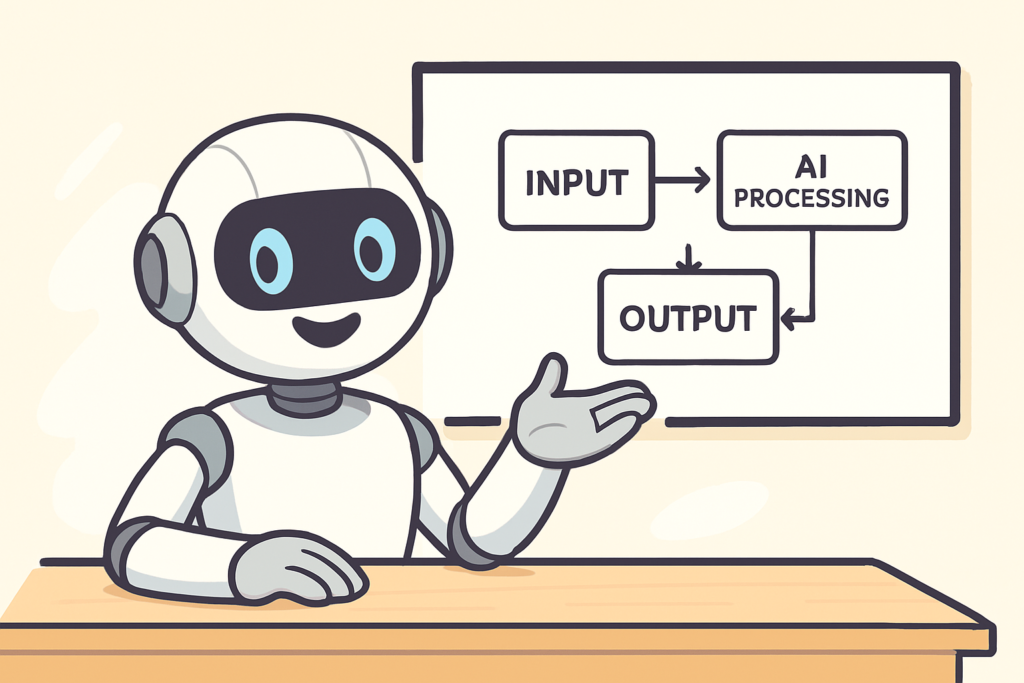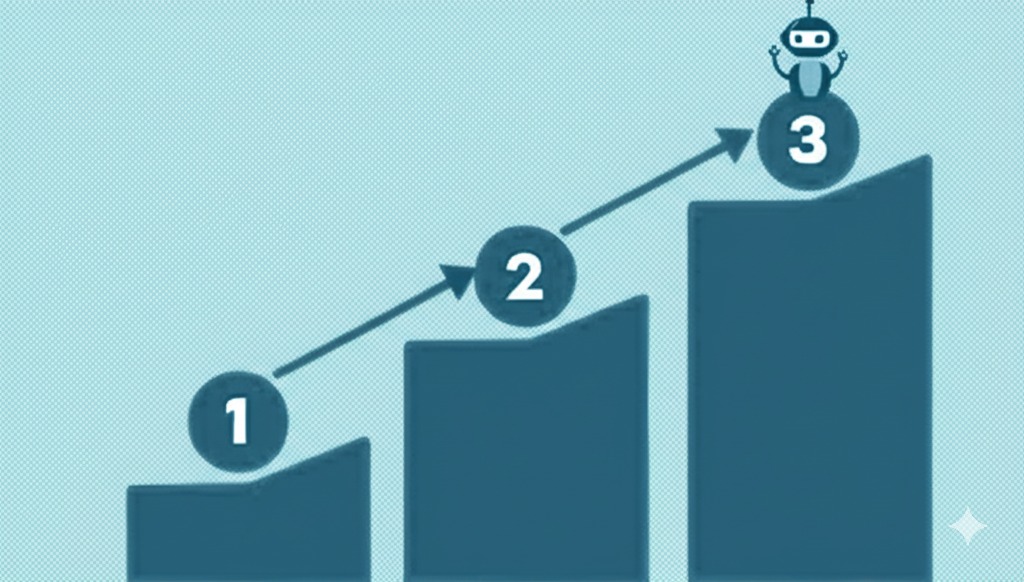What’s the Difference? AI vs. Machine Learning vs. Deep Learning Explained Simply
You hear these terms thrown around: Artificial Intelligence (AI), Machine Learning (ML), and Deep Learning (DL). They’re related, but not quite the same. Understanding the basics helps you grasp what AI tools can (and can’t) do for your business. Think of them like Russian nesting dolls.
1. Artificial Intelligence (AI) – The Big Doll
- Concept: AI is the broadest term. It refers to the overall goal of creating machines or computer programs that can perform tasks typically requiring human intelligence. This includes anything from simple rule-based systems to complex problem-solving.
- Example: A simple website chatbot following predefined rules (if user asks X, respond Y) is technically a basic form of AI. A complex system like ChatGPT that understands and generates human-like text is also AI. AI is helping small businesses in many ways.
2. Machine Learning (ML) – The Middle Doll
- Concept: ML is a subset of AI. It’s an approach to achieving AI where systems learn from data without being explicitly programmed for every single possibility. Instead of hardcoding rules, you feed the system data, and it develops its own patterns and rules.
- How it Learns: Common types include:
- Supervised Learning: Learns from labeled data (e.g., emails marked as spam or not spam).
- Unsupervised Learning: Finds patterns in unlabeled data (e.g., grouping customers with similar purchasing habits).
- Reinforcement Learning: Learns through trial and error, receiving rewards for correct actions (e.g., AI playing a game).
- Example: An email spam filter that gets better at identifying junk mail over time by learning from the emails you mark as spam. Product recommendation engines (“Customers who bought this also bought…”) use ML.
3. Deep Learning (DL) – The Innermost Doll
- Concept: DL is a specialized subset of Machine Learning. It uses complex, multi-layered structures called “artificial neural networks,” loosely inspired by the human brain’s structure. These networks allow the system to learn intricate patterns from vast amounts of data.
- Power: DL is particularly good at handling complex, unstructured data like images, video, and natural language.
- Example: The technology behind facial recognition, advanced natural language understanding (like in sophisticated AI writing tools), and complex image generation (AI image generators) heavily relies on Deep Learning.
Why Does This Matter for Business Owners?
- Understanding Capabilities: Knowing these terms helps you understand what different AI tools are likely capable of. A tool primarily using simple rules will have limitations compared to one leveraging deep learning for complex tasks like nuanced language understanding.
- Cutting Through Hype: Sometimes “AI” is used loosely for marketing. Understanding the difference helps you assess if a tool truly uses advanced learning or just basic automation.
- Future Potential: Deep Learning is driving many of the most exciting advancements in AI, indicating the potential for even more powerful tools in the future.
In short: AI is the goal, ML is a way to achieve it by learning from data, and DL is a powerful type of ML using neural networks for complex patterns. Understanding these layers helps you navigate the AI landscape more effectively.

